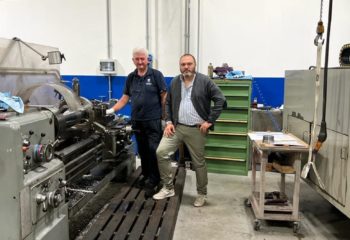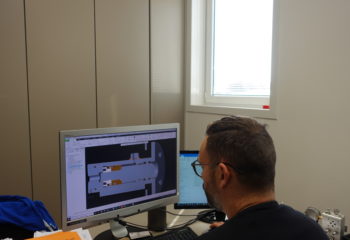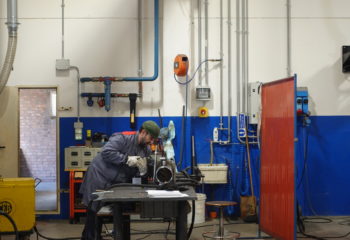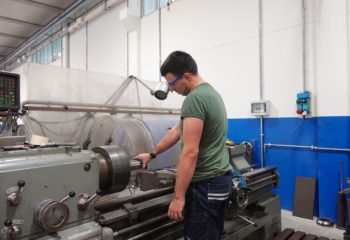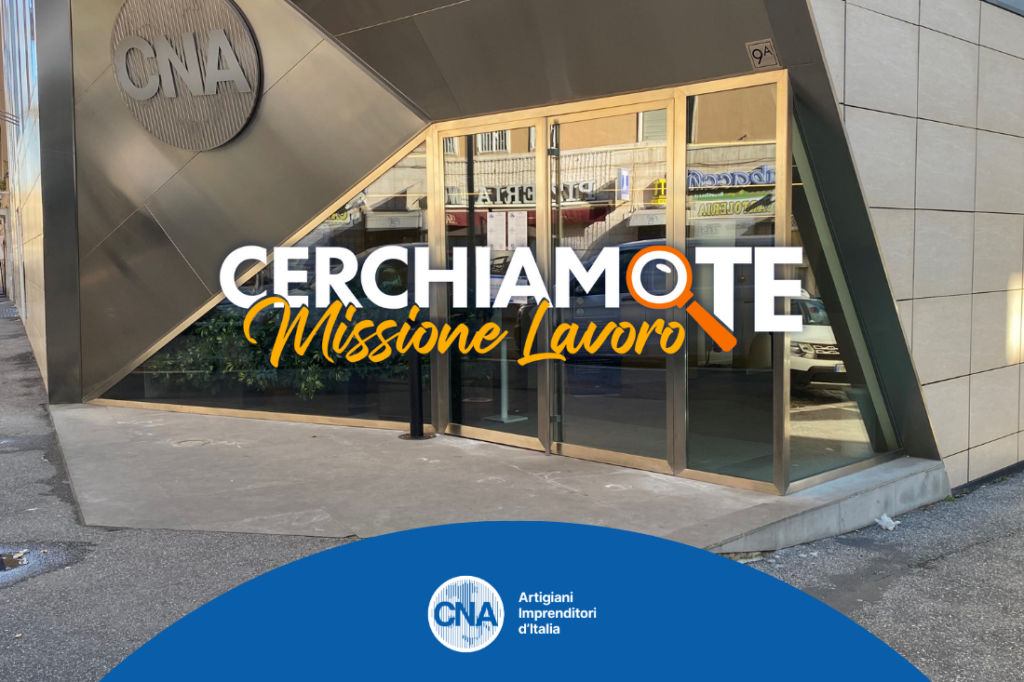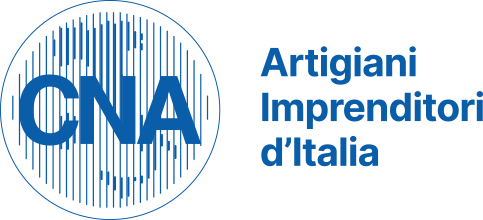Leggi la versione italiana
That there has never been a minus sign in front of turnover, and employment has remained stable, in recent years, is already news. But the strength of the Cicioni company, active since 1913 in the construction, nautical and military sectors, two and a half million in sales and 25 employees, is not only this. The owner, Giampaolo Cicioni, 50, welcomed us to Marsciano, Umbria, to tell us how it has been possible to keep the rudder straight in these years of generalized crisis. He is the protagonist of CNA Storie of October.
The secret? Flexibility and diversification. This allows that if there is one sector that declines, there is another that grows. What makes the difference is the skill, the knowledge, the specialization of young people. The young people, precisely, who are not there. So much so that today at Cicioni the oldest worker is Luciano, who returned from retirement because there was a lack of a manual turner. “The manpower that is lacking is both at the production and organizational level,” Giampaolo explains. “Even the small company needs to formalize organizational aspects, to structure them in a more defined way: this is done by people specialized, which is unfortunately lacking,” he adds.
To bring young people closer to this reality, schools play a key role. Technical institutes cannot equip themselves with machinery up to the standards of these up-to-date, highly sophisticated tools, which Giampaolo also obtained thanks to public funding. One example? The archive that maps and oversees all the parts needed for a production. You select the shelf, and a scanner photographs the barcodes. If a screw is missing, it is replaced, and the process goes on unabated. “Unfortunately, in vocational-technical schools the level has dropped considerably. The machinery is getting older and older. How do you make up for that? Clearly by encouraging school-to-work alternation and also involving teachers in internships in companies, to understand where the market is going.”
For Giampaolo, the keys to growth are training, investment and synergies between entities that share common visions. “This model, which CNA has always had in mind, is a winner. For small and medium enterprises, which are the majority, to tend more and more to work in synergy.” Where there is high-skilled labor, any derby between small and large is lessened. “Small and medium-sized business is not all bad as it is often painted,” Giampaolo notes. It has high specializations and high flexibilities that the large firm does not have. The fact that lean, fast companies have a connection with each other, combines the advantages of the small firm with those of the large firm.”
The small and medium enterprise gives high specializations and high flexibilities that the large firm does not have
Today Giampaolo has, among his workers, five apprentices, here to learn a trade, a piece of an important mosaic, that of Italian mechanics, the flagship of our production, known everywhere. An investment in the future, of these five workers of tomorrow.


